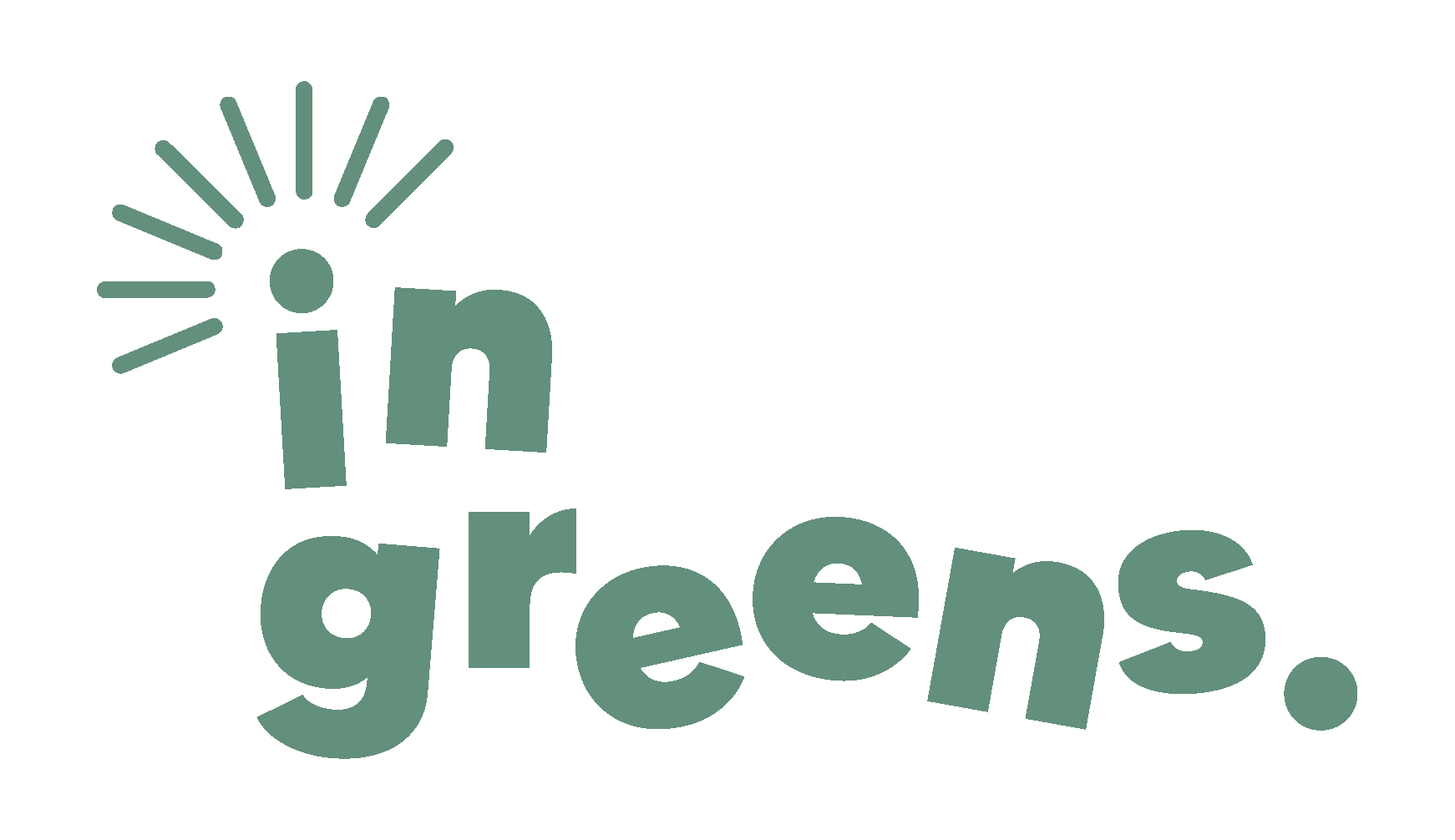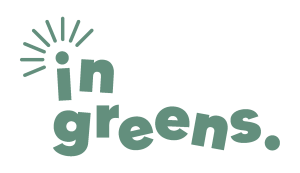When it comes to giving up on plastic it might seem like a mammoth task, or it might not become apparent just how much plastic there is out there, in our daily lives until you actively avoid it! Consider your working lunch if you get it from a standard supermarket or Pret?
The best advice I would offer people starting out on this journey is always (or almost always!) be prepared with: your reusable water bottle, reusable STRAW, your reusable coffee cup, your tupperware, spare shoppers, produce bags if you have these and your reusable cutlery. See gallery below! These simple steps means that when on the go, you can still say no to single-use plastic sch as water bottles straws, cutlery, and so on! Consider the number of plastic cutlery Pret A Manger or the like get through in one day? Even if you’re sitting in, many chains and non-chains offer customers single-use disposable cutlery. If you have yours, not only are you voting to refuse #singleuse but your act of rebellion against what has become the norm will likely inspire the same act in others who are there…
That’s how I would suggest carrying in your bag daily, to avoid single-use plastic.
Reducing plastic in your home:
When I look around my flat now I still see plastic. But since becoming so preoccupied with giving it up, which was pushed by the documentary Plastic Oceans, I set about making small tweaks here and there, until I had made notable changes in areas that were once plastic ridden.
Sometimes it is just impossible to avoid it. And sometimes buying something with a smaller amount of plastic, such as a pot of tahini with a seal, means on balance, you’re avoiding an over packaged ready-made pot of homous. Therefore in these instances it is OK to buy tahini. Perhaps one day I’ll learn to make this too, but for now let’s adjust to changes we are determined to keep up, otherwise they’ll be short lived and have less impact long-term.
One thing to say here is: don’t just throw everything away. I am convinced tht there seems to be a link with zero waste living and minimalism: a lot of pictures we see on instagram suggest as much, yet zero waste is a journey and as with every journey there need to be a beginning and thoughtful planning. Make use of all your items and dispose of them responsibly by recycling or repurposing once they’re used up. We’ll get there!
Where did I start to de-clutter my life of plastic? With my PERIODS! I grew offended by the waste I produced on a monthly basics: surely periods needn’t be this pollutant? And of course they needn’t be. I also didn’t like the artificial look or the feel of sanitary towels a long time ago. That’s why I first switched to Natracare pads having happened upon them in Wholefoods years ago. They are natural and as far as I can remember the packaging is plastic free, but I still felt as though I was producing too much waste, and just like biodegradable nappies, these pads as kind as they are, would still end up in landfill, and it is suggested, they’d only biodegrade in the first layer of landfill! How can we justify this?! That’s when I decided I needed to look into alternatives and discovered the silicone menstrual cup. Silicone is one of the most abundant natural materials found on earth. While there are still eco costs incurred in mining silicone, it is known to infinitely recyclable as well as safe for our bodies, unlike plastic which leached toxins. Since purchasing my menstrual cup I really haven’t looked back and each month not only do I save loads of money, but I , along with all the women who ave chose the menstrual cup, divert a lot of plastic waste from landfill. There are alternatives to the menstrual cup which are also sustainable, such as the Eco Femme Pad. These are not only made of GOTS certified cotton, but they are also part of social enterprise that gives sanitary pads to impoverished girls in India.
A huge area that is dominated by plastic is personal care. If you look around your bathroom you’ll probably suddenly notice there’s a lot of plastic in there, but it needn’t b this way with so many amazing alternatives out there. For me making changes in the bathroom were generally easy and in fact very enjoyable to implement too as it meant I got to discover great companies such as Living Naturally, Balm of Gilead and Friendly Soap, companies I now work with and stock in my online shop.
Easy bathroom switches:
Liquid soap – bar soap = EASIEST
Liquid Shampoo and body wash: to solid shampoo that can double as a body wash
Plastic Toothbrush- bamboo toothbrush
Plastic toothpaste – glass jar of #TruthPaste or Georganics
Plastic mouthwash- glass jar of Georganics soluble mouthwash
Plastic and nylon dental floss- refillable glass jar of biodegradable silk floss
Cotton wipes- reusable wipes or flannel
Cotton bus – bamboo cotton buds that will biodegrade
KITCHEN Not everyone has a local scoop shop that mean you can avoid packaging. But by now there are quite a number of online plastic free shops that I mentioned in my earlier post, such as Plastic Free Pantry, who will deliver your plastic free shopping to your door. By now I am nigh on plastic free in the kitchen and have reduce all forms of packaging by making my own: oat milk, homous, soak all my legumes, and I am learning to make bread and biscuits. I think the journey to reduce your waste might also have a positive impact on health when you consider what’s available in plastic packaging: largely what we would qualify as ‘junk food’. It’s not to say I don’t have cravings, of course I miss crisps A LOT but I have come up with cool alternatives that might just be healthier: baked chickpeas!
GET ORGANISED: For those of us that have local options for bulk, the easiest switch is to make the most of these shops and the best way to avoid running out is to look at what you eat the most and buying enough to last you a good 3 weeks, when you start getting low, then top up to avoid needing to rely on your local corner shop! In our flat, we live on rice and dhal so as long as there’s rice and lentil we’re OK. The beauty of dried goods is they last a very long time provided they are stored properly.
SAVE YOUR JARS: even if you shop using cotton shoppers, you’ll still need to store your produce once you’re home. Save as many jars as you can or search local charity shops, this will avoid the risk of food going bad if it’s lefts in your cotton breathable bag too long (about 5 days)
Avoid the supermarket and instead visit your local green grocer over your local supermarket or order a veggie box, this is the simplest way to avoid packaging.
Most importantly, don’t give yourself a hard time and give up! Plastic has been an everyday aspect of our lives for 5-decades and learning to rely less on it will take a period of adjustment. And there’s still a sizable majority who don’t want to change or who are yet to learn about plastic’s negative impacts, which can feel frustrating at times. There are a number of practical elements that will take time adjusting to, but if you have your out and about kit ready you should be able to avoid some of the most insidious uses of single-use plastic: namely the water bottle and the straw!
Your goal to #refusesingleuse and divert as much away from landfill as you can, and the simplest way to do this is to be organised and committed.
All you can do is carry on your good work, as somewhere out there you’re wisdom and activism will be having an impact. Change is already happening all around us as more companies and individuals are coming forward in revolt of single-use plastic, vowing to seek greener alternatives or better still are just choosing to go naked!






